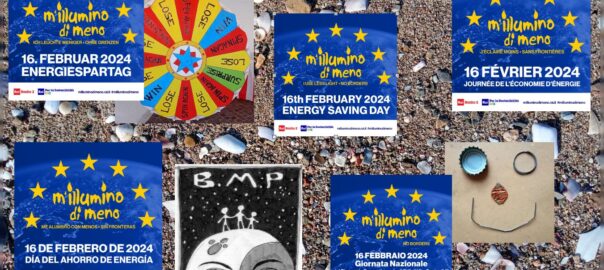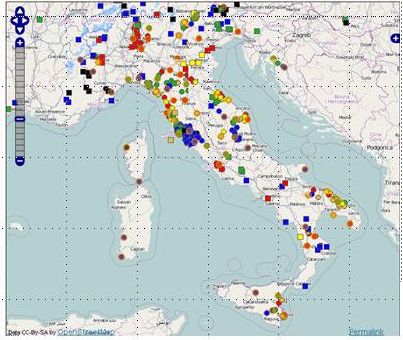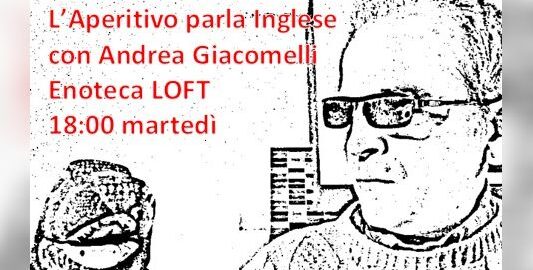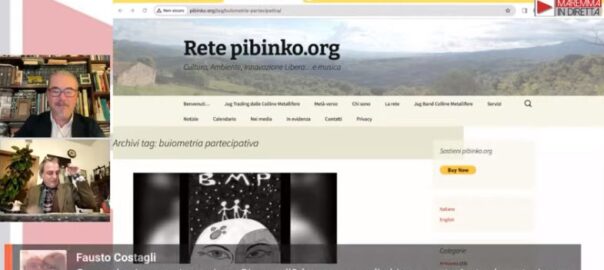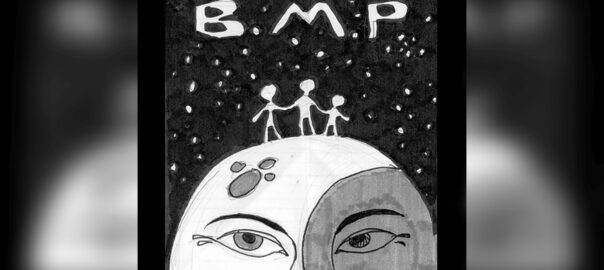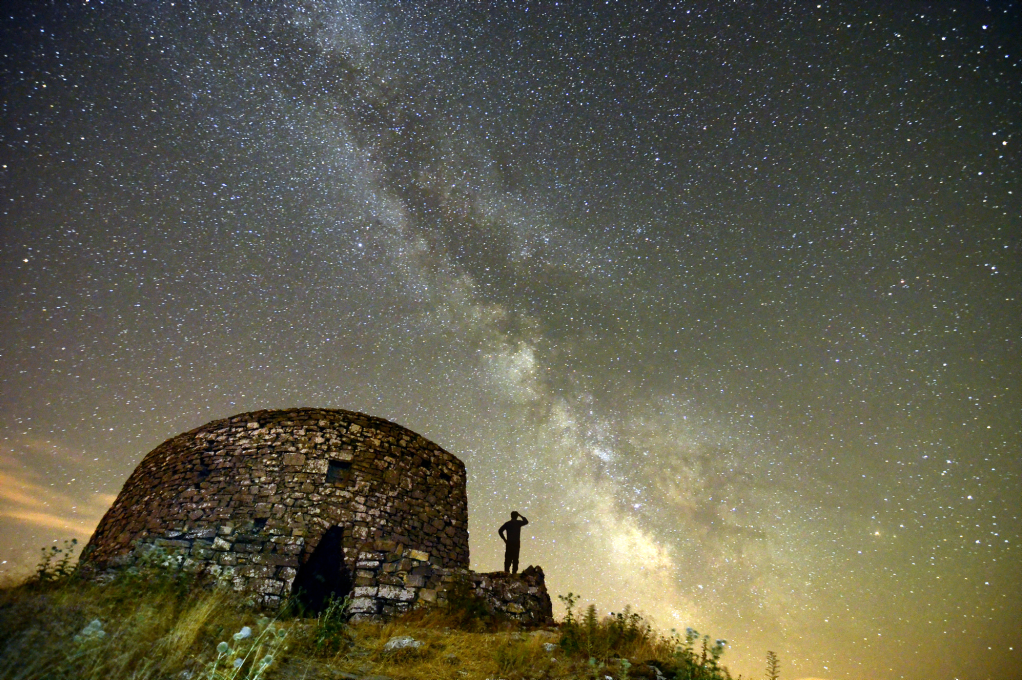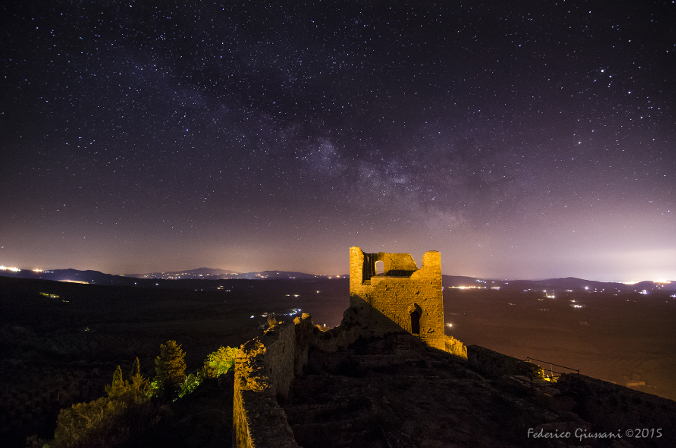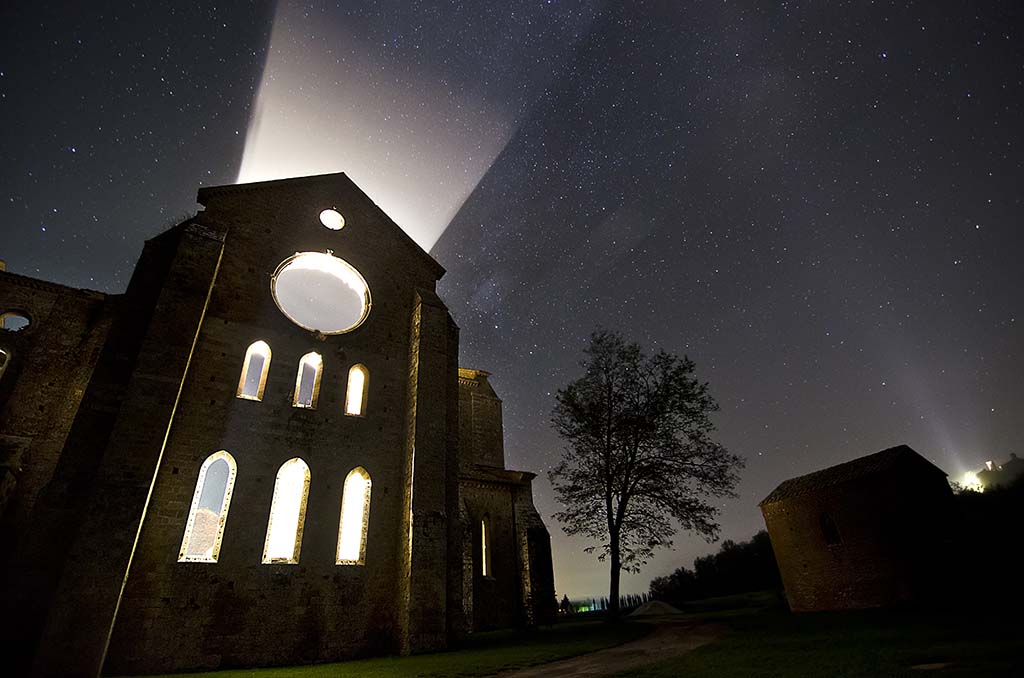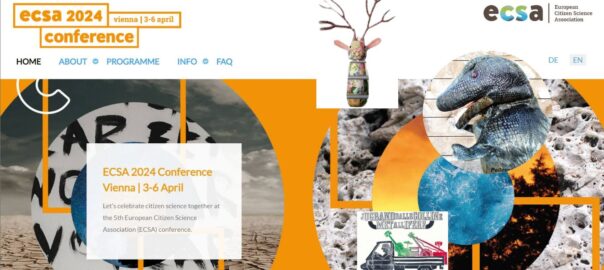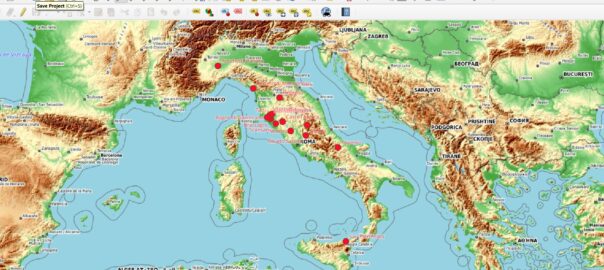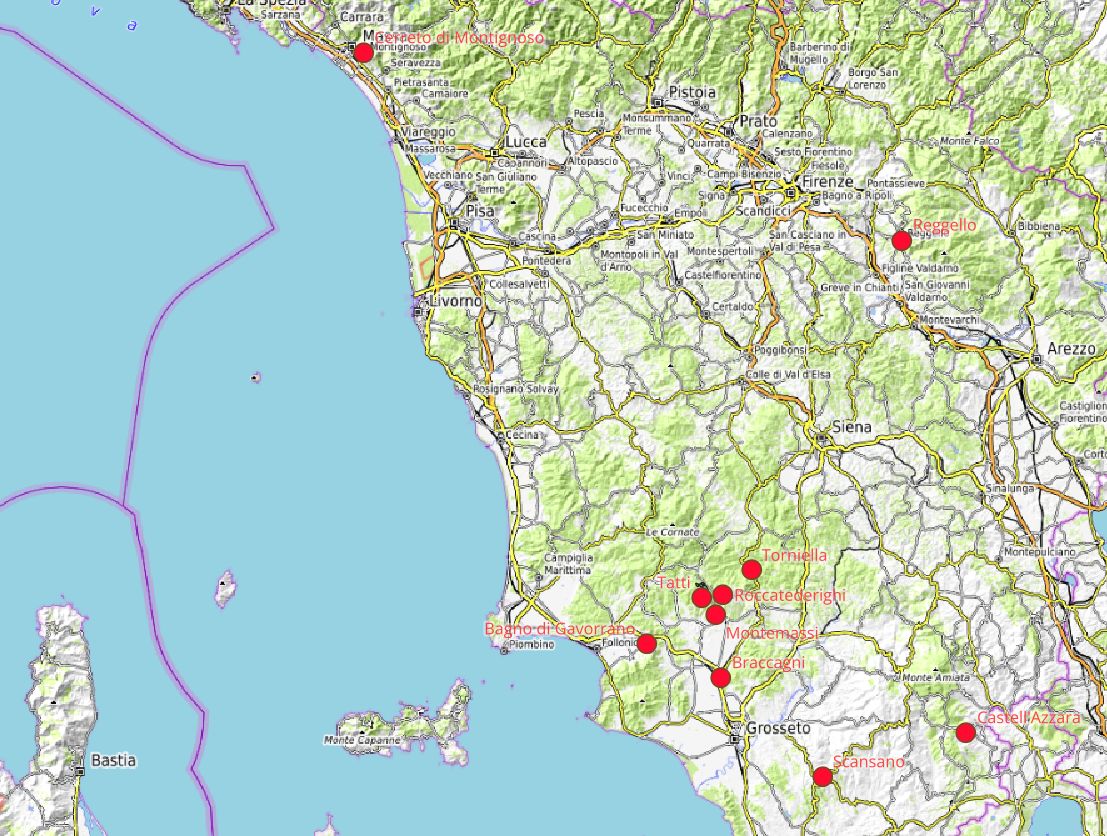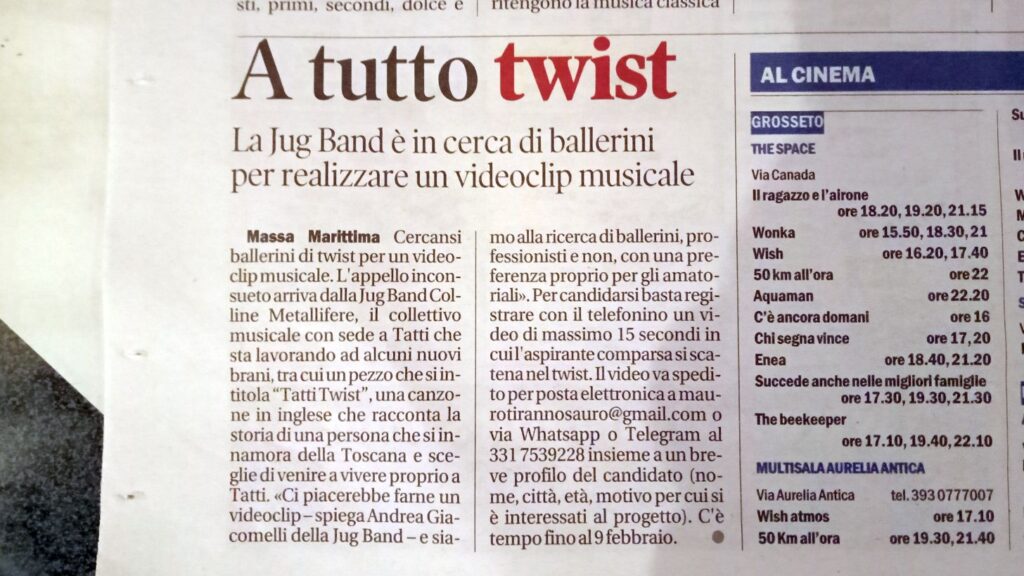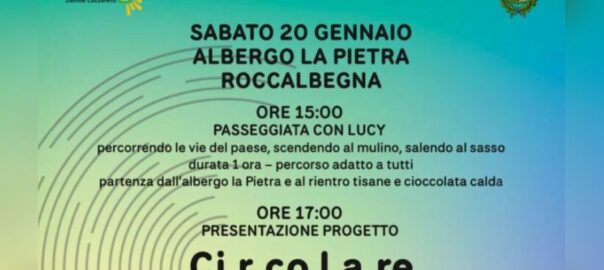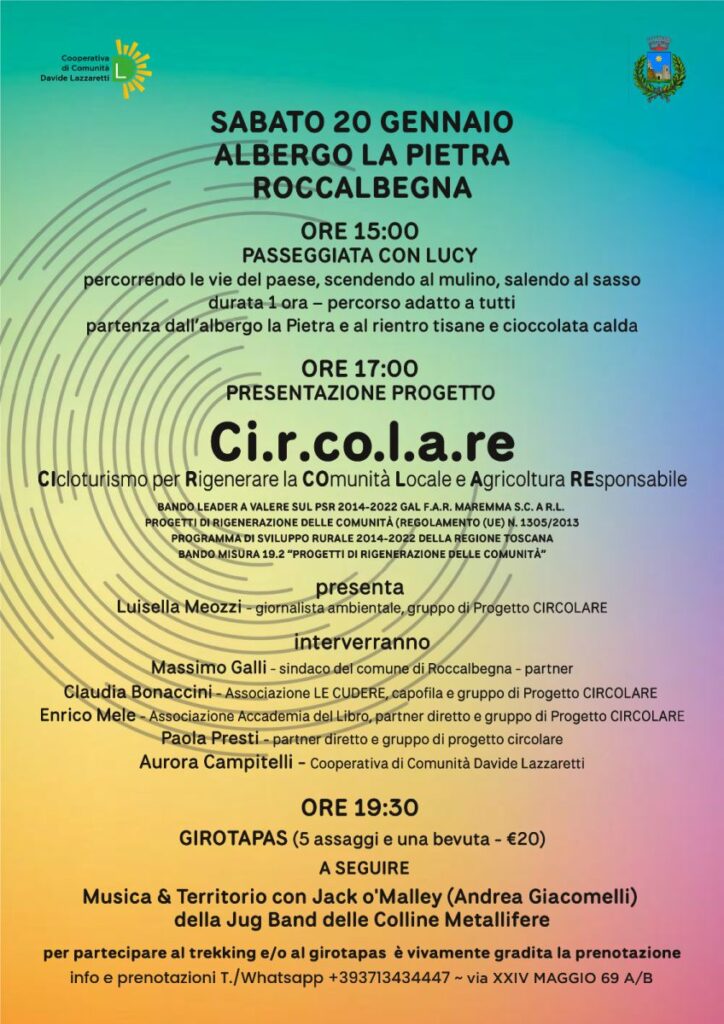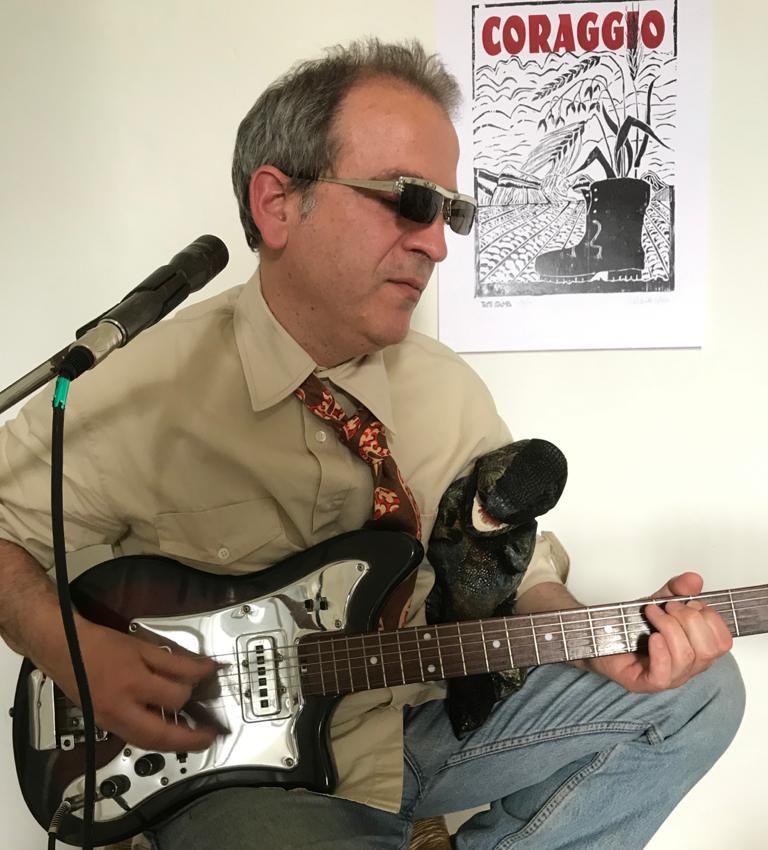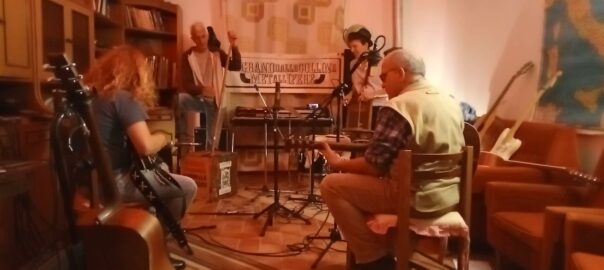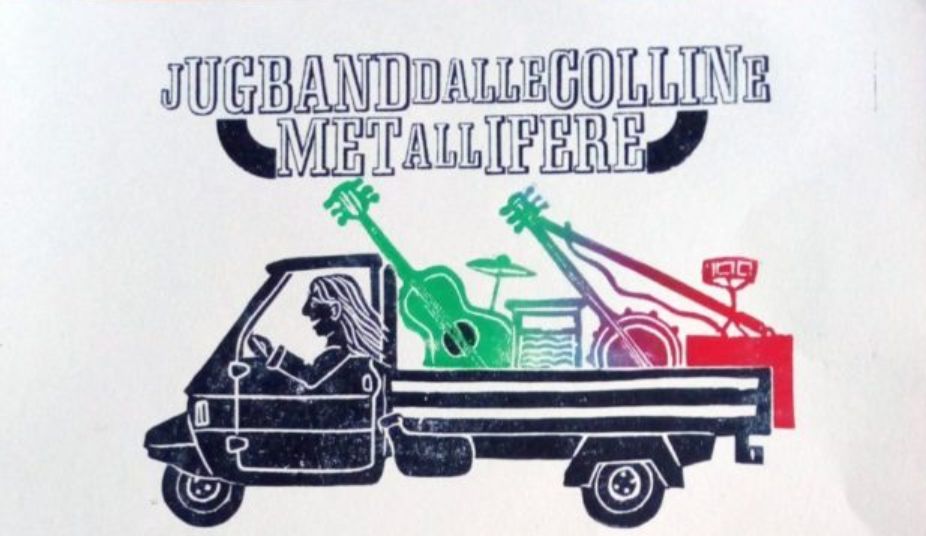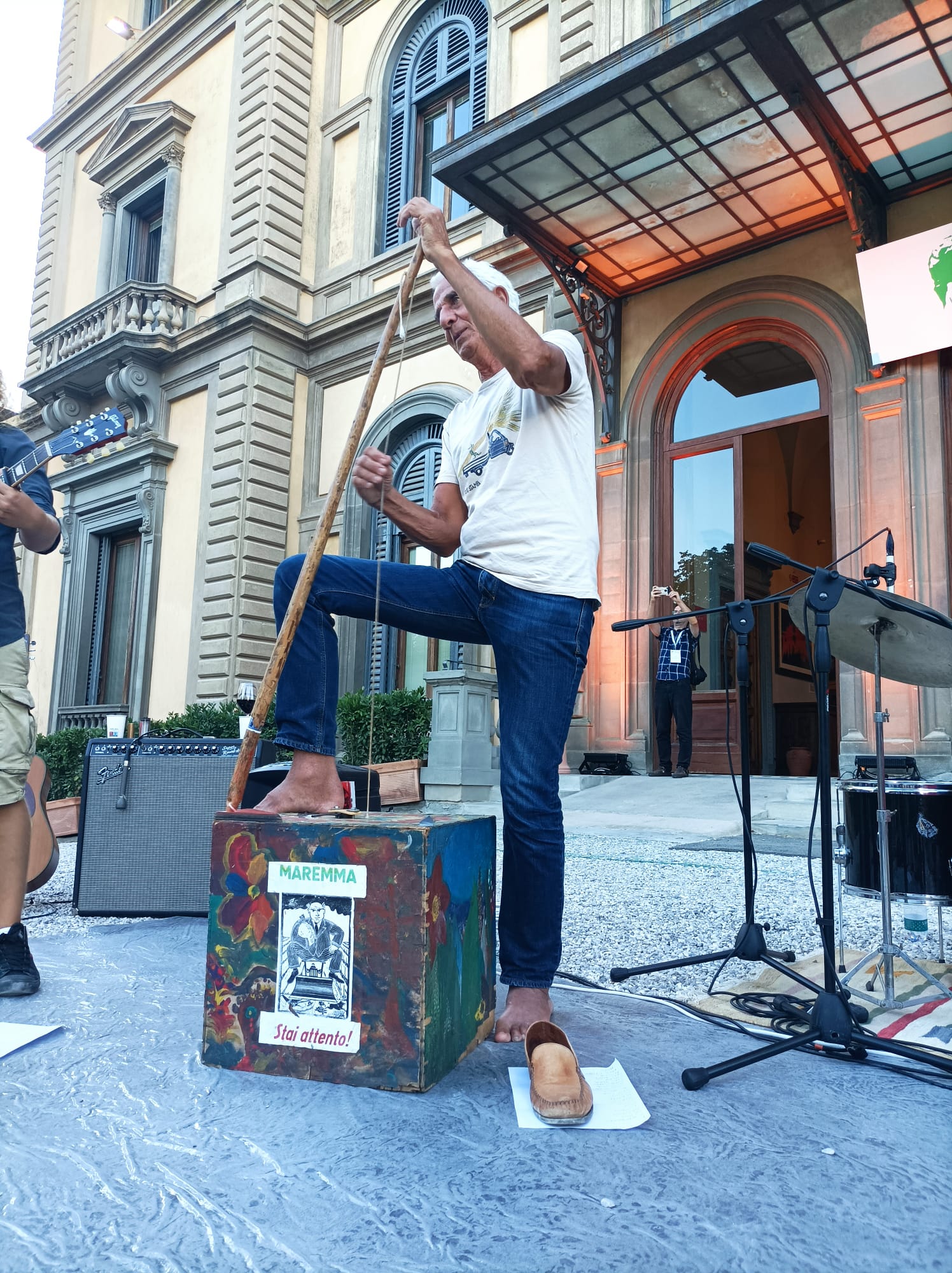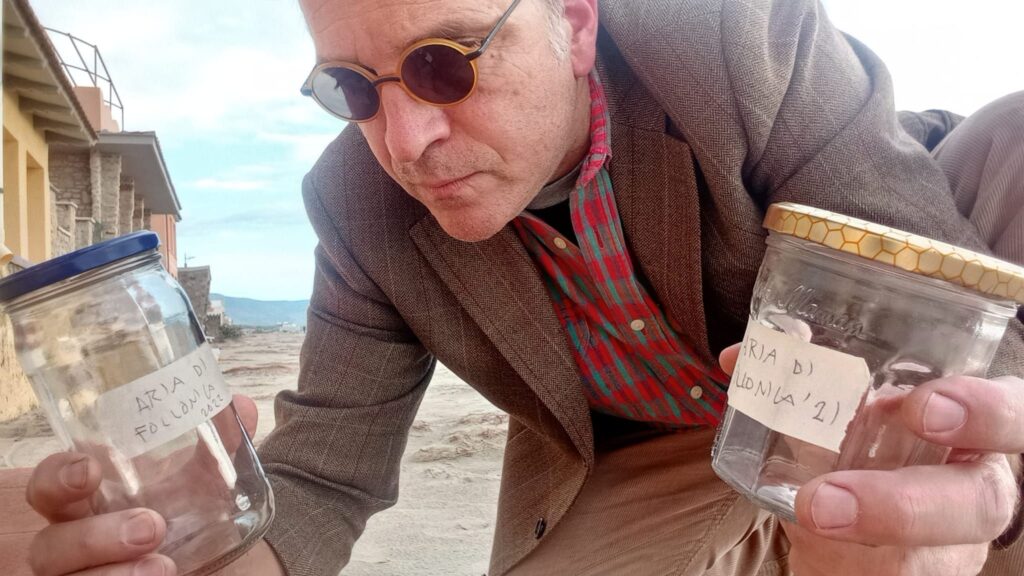
Following our Jan. 17 article presenting our track record on light and darkness engineering (link 1), and the Jan. 23 article proposing some activity hints (link 2, in Italian), here are some detailed instructions on how to participate to M’illumino di Meno (the Italian National Day of Energy Saving and Sustainable Lifestyles) together with us.
We did our homework by reviewing the list of ten actions proposed by the Caterpillar radio show crew (link). We then validated this with respect to the modus operandi we have been using for years as environmental engineers. The combination of these lists has led to four ideas which we encourage you to follow:
- Register to M’illumino di Meno (https://www.rai.it/milluminodimeno/aderisci.html, you need to be 18+)
- If you are participating from out of Italy: the name of the country has to be typed in English (and if you are not in a country using the Latin alphabet, the original name will automagically appear).
- As action type indicate “altro” (else) from the drop-down list. In the description write whatever you plan to do, and add two hashtags. One for #buiometria and a second one corresponding to the activity you would like to engage in (listed below)
- Please send a copy of the action proposal also to us (micalosapevo@pibinko.org or +393317539228).
From today until Feb. 16 we can “play”. If you reside in Tuscany (and especially between Grosseto and Pisa) we might actually be able to meet and elaborate further on these actions. In any case, we will provide a summary of our activities following Feb. 16. For more information: micalosapevo@pibinko.org or +393317539228
General rule
We will not make any videos related to these four activities. A video requires a lot more energy than a photo, and even more energy (in terms of preparation and post-production) if it has to be a cool video. So a photo might be more related to the spirit of M’illumino di Meno, rather than a 4K video. Please take pictures with the lowest possibile resolution for your device.
1. “Two birds with a stone” logistics (#bmp-tbws)
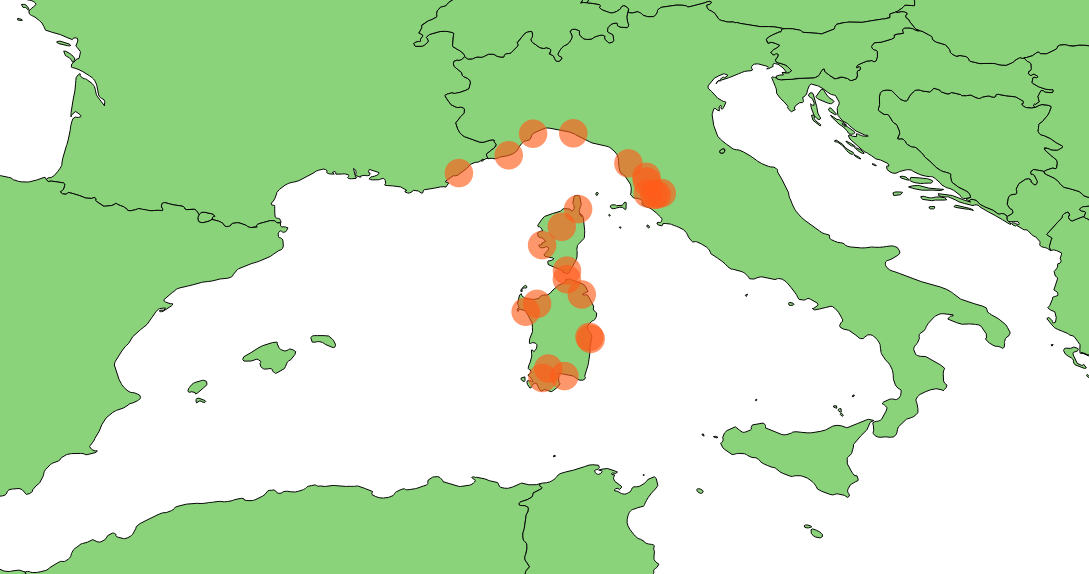
This is an application in the energy saving context of the “extreme logistics” methods in use for years in the whereabouts of the pibinko.org network. Not recommended for IT specialists due to a potential side effect, reported below.
- If you have to move with your own means of transportation, find a place more or less half way, and stop in a publicly accessible space. This can be a cafe, a grocery shop, a library, etc.
- Take or give something following your inspiration, or establish a non-digital contact with somebody. Spend no more than 30 minutes in the process.
- Tell us (micalosapevo@pibinko.org or +393317539228) what happened
With this action, for any given amount of energy required for your trip, and at most an extra of 30 minutes of your time, you will have caught “two birds with a stone”. Sometimes interesting and productive things will happen if you stop where you considered rushing.
There is a sole counter-indication: if you apply this logic in a recursive manner, you will end up in a situation similar to the Zeno’s paradox, and Christopher Nolan might shoot a movie about you. E.g, between Milano and Bologna you will stop in Parma. Then, between Milano and Parma, in Casalpusterlengo. Then, between Milano and Casalpusterlengo, in Zorlesco, and so forth (but you will find more interesting situations!).
2. The metal “band” (#bmp-metal)
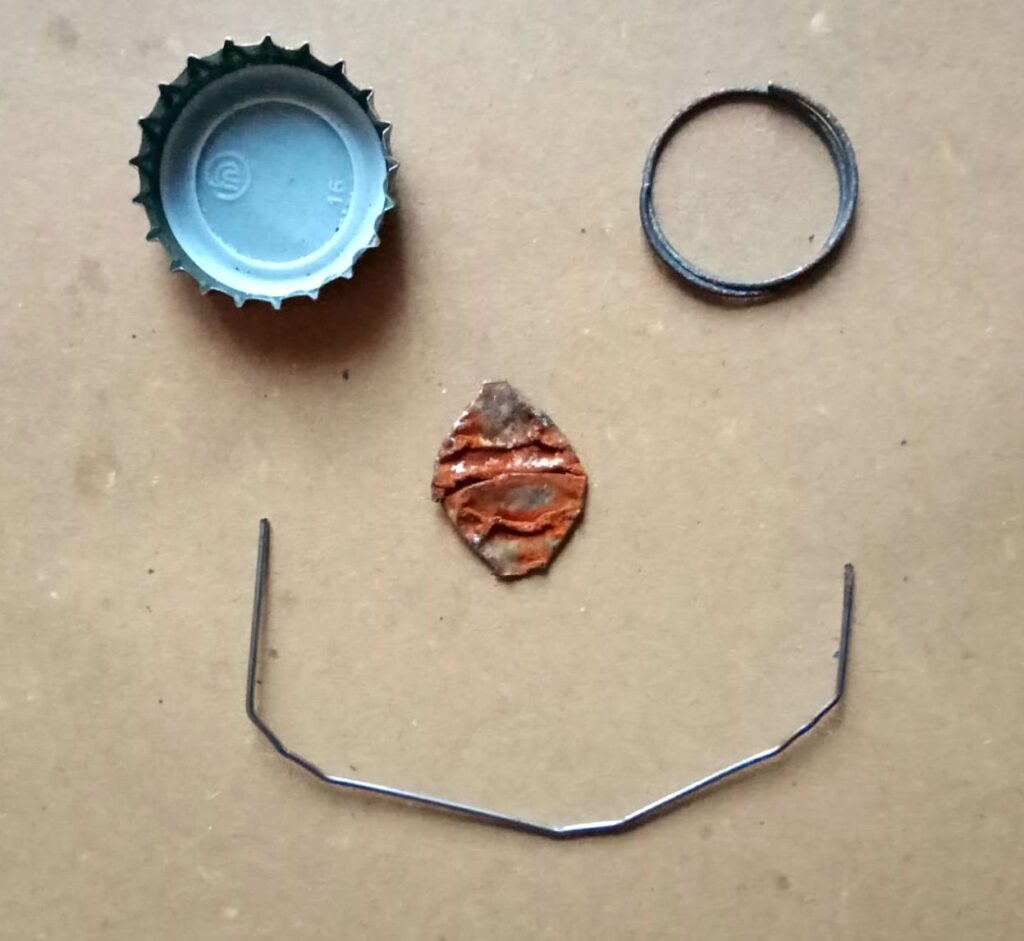
This might sound like a noisy drift with our Jug Band Colline Metallifere, but it isn’t:
- This is reserved for residents in urbanized places with less than 100.000 inhabitants.
- Collect small pieces of metal from the street. Save them for later (the 500-gram yogurt cups are excellent micro-containers for your micro-metal waste). Operate safely.
- Let us know what you have retrieved (micalosapevo@pibinko.org or +393317539228)
In this case, you are not necessarily saving energy, but you are not using a lot more either, while the world will be cleaner.
3. Non-online series (#bmp-nols)
- Starting from Feb. 3 via our web site we will propose openings of stories. We might either re-use old articles (we have several thousands) or create new ones.
- Instead of watching an online series (or, if you are from the old school, maybe watching basic TV shows), you can spend thirty minutes writing a longer story, starting from our opening. Please do this on a piece of paper, with a pen.
- If you can write at least half a page, with readable handwriting, take a picture, or transcribe it, and send it to us. We can interact directly in Italian, English, French, German, Portuguese, and Spanish.
- The following day we will re-publish your story on our site, and we will invite our audience to continue the story
- All the stories will be credited to the respective authors – we reserve the right not to publish content which we do not consider acceptable for the pibinko.org network.
This way we are saving energy by spending less time in video streaming mode (the energy to send a photo or your text via mail o messaging is a lot less than the energy required to watch an online show).
4. Buiometria partecipativa “official” (#bmp-bmp)
- With the BuioMetria Partecipativa project we have four “sky quality meters”, allowing the measurement of night sky quality (hence, light pollution), plus a lux meter.
- Please review the basics of the BuioMetria Partecipativa project (if you fancy practicing some Italian see this news report: https://www.pibinko.org/tg2-costume-e-societa-2/. If not: https://www.pibinko.org/buiometria-partecipativa-2/.
- Starting from Feb. 2, through Feb. 17, these sensors will be available in some of our hubs in Southern Tuscany. One of them will be around Scansano, another one in the Metalliferous Hills. The other two might operate as “free riders”.
- If you are interested in taking some measurements, please check in at bmp@pibinko.org or +393317539228
All the measurements collected will be added to the BuioMetria Partecipativa database.
Thanks to your participation in BuioMetria Partecipativa you will be saving energy, first of all by not watching the next random episode of a random web series. During your night walk you will be able to think about what to write as a continuation of our story openings. While you go to collect your sky quality meter, you might stop in a mid-point, possibly collecting odd beer caps and other metal parts on the road. Last but not least, you will have an increased awareness on the use of artificial light and light pollution. So: the “full monty”!
Any other business (#bmp-aob)
With some folks in the network we have brainstormed about playing cards with no light, participatory “hypo-cryotherapy”, cats in the dark, and so forth. Since the “any other business” field can become very wide in our spaces, we will avoid a full listing. If you have other ideas that you would like to link to our proposal, please contact us (micalosapevo@pibinko.org or +393317539228) and we will assess them together.
Header image: a composition with parts of the M’illumino di Meno 2024 press kit with some of our logos and non-random shots from last Sunday.
